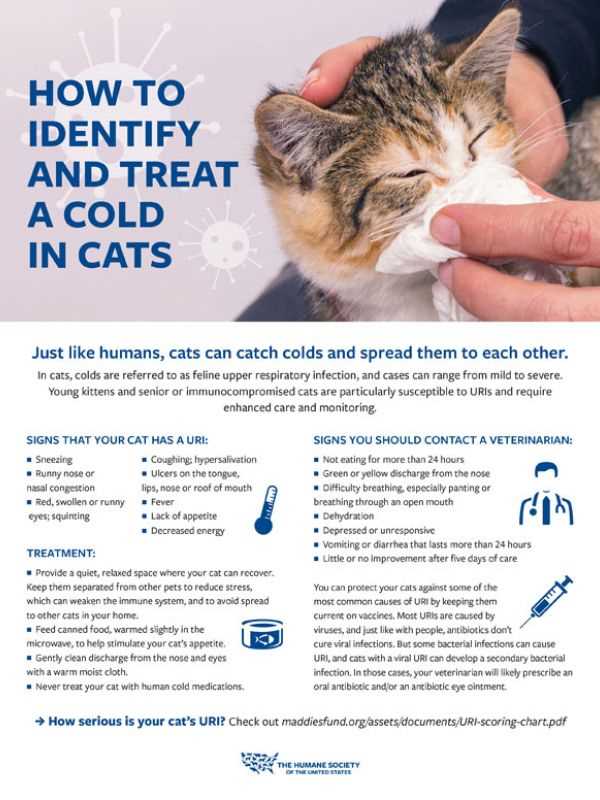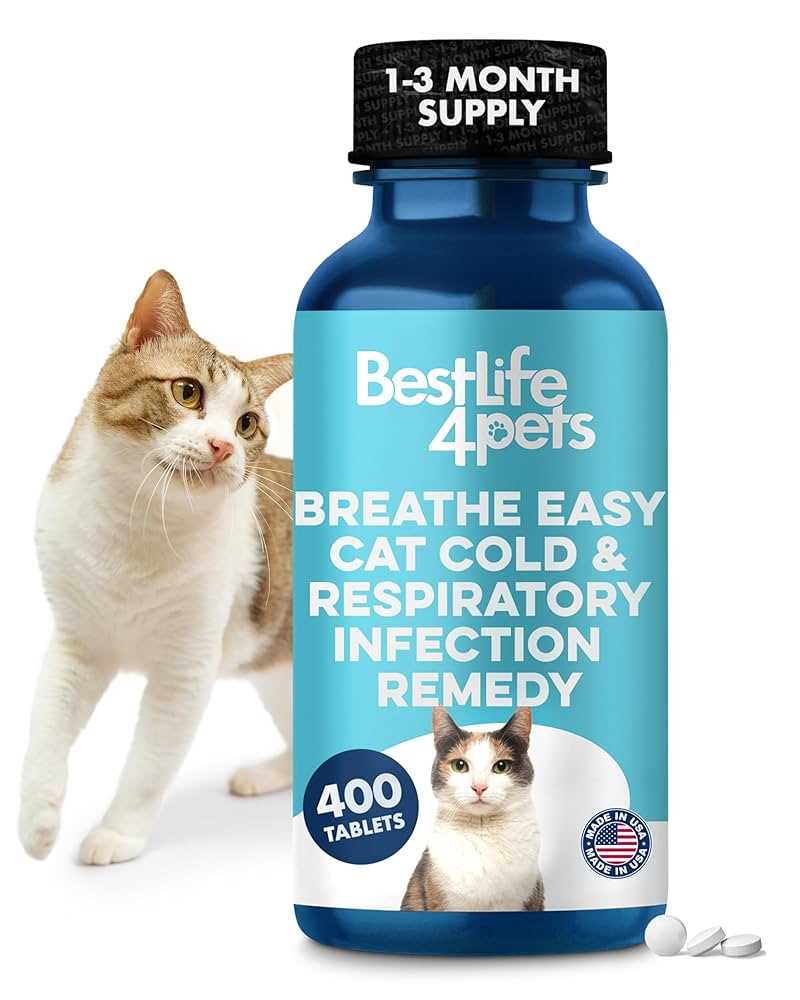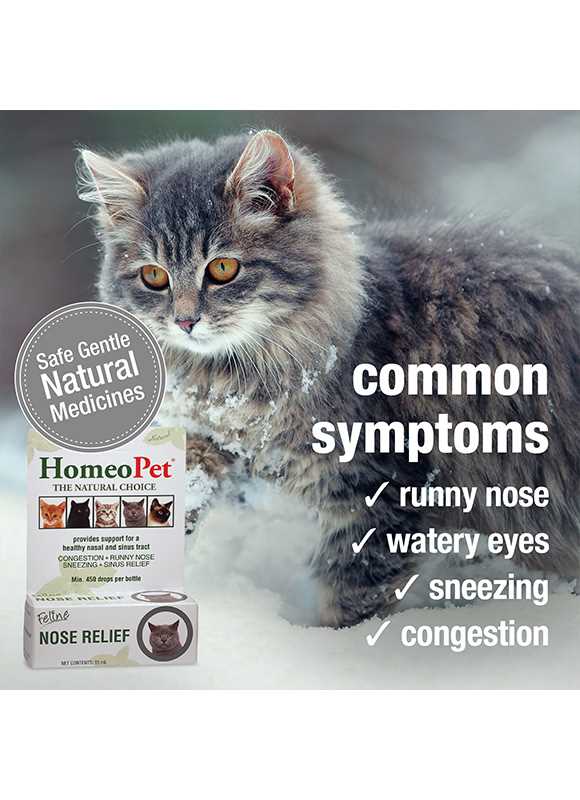



Humidifiers work wonders in alleviating discomfort caused by nasal congestion. Placing one in the room where I relax helps to add moisture to the air, easing breathing. Look for a model designed for small spaces to ensure the right fit.
Another helpful approach involves using saline nasal drops specifically made for furry friends. A few drops in each nostril can thin mucus and promote drainage, leading to improved comfort. Always consult a veterinarian for the appropriate product and dosage.
Warm compresses gently applied to the face can also provide soothing relief. The warmth helps to open nasal passages and can be quite calming. Just make sure not to overheat the cloth to avoid any burns.
Keeping my living area clean and free from allergens is vital. Regularly dusting and vacuuming reduces irritants, creating a more comfortable environment. Fresh air circulation is equally important, so consider opening a window when weather permits.
Lastly, staying hydrated is crucial. Encouraging water intake not only supports overall health but also aids in thinning mucus. Offering wet food or adding water to dry kibble can contribute to hydration levels.
Identifying Symptoms of Congestion in Cats
Watch for signs like sneezing, watery eyes, or excessive grooming of the face. If I’m frequently pawing at my nose or mouth, it might indicate discomfort. Notice if I’m breathing with my mouth open or making unusual sounds while inhaling. These are clear indicators that something’s not right.
Behavioral Changes
Changes in my eating habits can signal a problem. If I suddenly lose interest in my food or prefer softer meals, it’s a red flag. Additionally, lethargy or hiding more than usual indicates I may not be feeling well. Pay attention to my vocalizations; if I’m more vocal than normal or seem distressed, it’s time to investigate further.
Physical Signs

Keep an eye on my overall appearance. If my fur looks unkempt or I’m not grooming myself properly, it could suggest I’m not feeling great. Discharge from my eyes or nose, whether clear or colored, is another sign to watch for. If my breathing appears labored or I seem restless, it’s crucial to seek help.
Safe Over-the-Counter Medications for Cats

For relief from nasal discomfort, specific non-prescription options exist. Always consult with a veterinarian before administration, as individual health conditions may vary.
- Antihistamines: Diphenhydramine (Benadryl) can help alleviate allergies causing respiratory issues. The typical dosage is 1 mg per pound of body weight, given every 8 hours. Check with a vet for safety and suitability.
- Decongestants: Phenylephrine may provide temporary relief. However, this should be used cautiously and only after veterinary approval, as it can cause side effects.
- Saline Nasal Sprays: These can help moisturize nasal passages. Use a veterinary-specific formulation designed for felines to avoid potential harm.
- Steam Therapy: While not a medication, creating a steam-filled environment can aid in easing breathing difficulties. Run a hot shower and spend time with your feline in the bathroom.
Monitoring your furry friend for any adverse reactions after administering any medication is crucial. If any negative signs occur, seek veterinary help immediately.
Home Remedies to Relieve Cat Congestion

Steam therapy works wonders. Just bring your human into the bathroom, close the door, and run a hot shower. The steam helps loosen mucus, making it easier to breathe. A few minutes in this cozy environment can really ease discomfort.
Humidifiers are another great option. Keeping the air moist helps reduce irritation in the nasal passages. Place one in the room where I spend most of my time, ensuring it’s clean and free of mold.
Hydration Matters
Encourage me to drink plenty of water. Dehydration can worsen symptoms, so offering fresh water or even low-sodium broth can keep me hydrated and support recovery.
Warm Compresses
Applying a warm compress to my face can provide relief. Soak a clean cloth in warm water, wring it out, and gently press it against my nose and eyes. This can help soothe irritation and clear up any crusty discharge.
Importance of Hydration for Congested Cats
Maintaining adequate fluid intake is paramount for felines experiencing respiratory blockages. Water helps thin mucus, facilitating easier breathing and overall comfort. Offering fresh, clean water at all times encourages drinking. Adding wet food to the diet enhances hydration levels significantly, and considering options like best human food for cats can also contribute to moisture intake.
Signs of dehydration include lethargy, dry gums, and decreased skin elasticity. To assess hydration, gently pinch the skin on the back of the neck; if it doesn’t return quickly, your furry friend may need more fluids. In severe cases, consult a veterinarian for potential subcutaneous fluid therapy.
To promote hydration, try these methods:
| Method | Description |
|---|---|
| Water Bowls | Place multiple bowls around the house to encourage drinking. |
| Fountain | A water fountain can attract cats to drink more frequently. |
| Wet Food | Incorporate wet food into meals for added moisture. |
| Broth | Offer low-sodium broth as a tasty, hydrating treat. |
Keeping my friends hydrated not only alleviates discomfort from respiratory issues but also supports overall health, making it a key focus for any caring kitty parent.
When to Consult a Veterinarian for Cat Congestion
If my breathing seems labored or I exhibit persistent sneezing, it’s time to see a vet. Other signs include a lack of appetite or lethargy lasting more than a couple of days. If there’s any change in behavior–like hiding or increased irritability–those are red flags. A visit to the clinic is also necessary if nasal discharge turns green or yellow, indicating a possible infection.
Specific Situations Requiring Immediate Attention
If I struggle to breathe or show signs of distress, immediate veterinary care is crucial. Any presence of blood in nasal secretions or a prolonged cough should be addressed right away. If my energy levels drop significantly or I stop grooming myself, it’s essential to consult a professional.
Additional Considerations
Always keep an eye on my hydration levels. If I’m not drinking enough water or my litter box habits change, that could indicate a need for medical intervention. Remember, timely action can make all the difference in recovery.
Environmental Changes to Help Congested Cats
Adjusting the surroundings can significantly alleviate discomfort. Here are practical steps to consider:
- Humidity Control: Use a humidifier to maintain moisture in the air. This can ease breathing difficulties and help clear nasal passages.
- Warmth: Ensure a cozy, warm area for relaxation. A heated blanket or a designated warm spot can provide comfort.
- Air Quality: Keep the environment free of smoke, strong odors, or pollutants. An air purifier can enhance air quality, making it easier to breathe.
- Quiet Space: Provide a calm, quiet area away from loud noises and stressors. This helps in reducing anxiety, which can worsen congestion.
- Ventilation: Ensure proper airflow by opening windows or using fans, but avoid drafts. Fresh air can be beneficial.
Adding a best tow behind air compressor can help manage air quality effectively in larger spaces.
Regular cleaning of the living area also prevents dust and allergens from accumulating, contributing to a healthier environment.
Preventative Measures to Avoid Congestion in Cats
Regular grooming minimizes allergens and debris that may contribute to respiratory issues. Brushing helps remove loose fur and dander, keeping the air cleaner for my fellow felines. I recommend a grooming routine at least once a week, especially during shedding seasons.
Maintaining a dust-free environment plays a key role as well. Using air purifiers and vacuuming frequently can significantly reduce irritants. Opt for hypoallergenic products when cleaning to avoid triggering sensitivities.
Healthy Diet and Weight Management
A balanced diet supports a strong immune system. High-quality cat food rich in vitamins and minerals boosts overall health, making it less likely for respiratory problems to arise. Additionally, keeping an eye on weight prevents obesity-related issues that can lead to breathing difficulties.
Fresh Air and Exercise
Encouraging regular playtime and outdoor exploration in a safe area helps keep lungs active and clear. Fresh air can be beneficial, but ensure the space is free from pollutants or allergens. Short, supervised outdoor sessions can invigorate and promote respiratory health.









